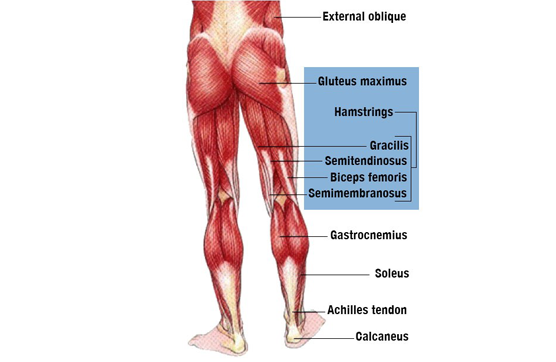
By Joe Eisenmann, PhD “You can’t fire a cannon from a canoe.” “Don’t build on sand.” “Build the foundation of the house before you put up the walls.” In the context of athletics, these analogies highlight the importance of lower body strength as a foundation to athletic performance. Indeed, several studies have shown that lower […]
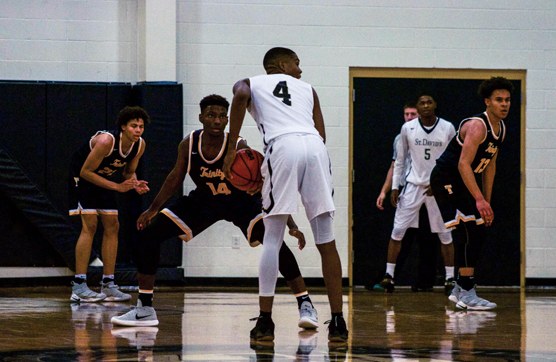
By Dan Hutchison, MS, ATC, CSCS Athletic development in the sport of basketball involves more than practicing shooting and playing games. The coach and athlete will both have longer careers if emphasis is placed on the fundamentals of athletic development that are adhered to on a regular basis. In the four-part basketball conditioning series, we […]
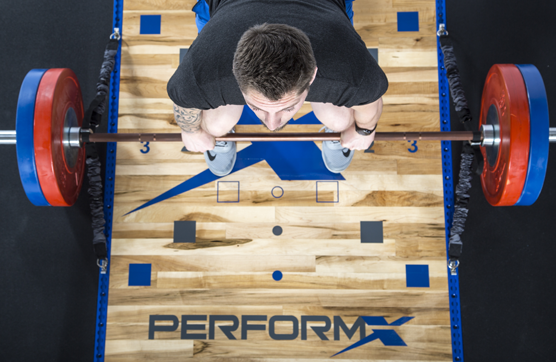
The lifting platform, like the rack, is a staple in most weight rooms. The platform provides a dedicated space for the deadlift and the Olympic weightlifting movements (clean, jerk press, and snatch) and their derivatives (clean high pull, jump shrug, etc.). These platforms are often above ground but more recently facilities have begun installing inlaid […]
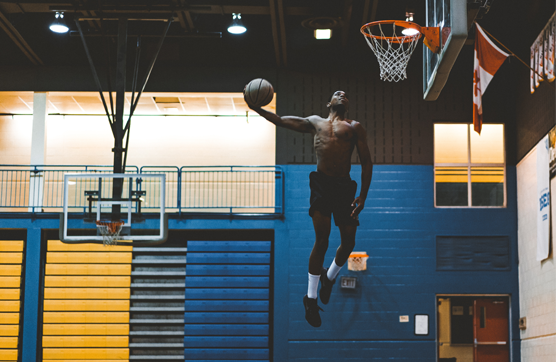
By Dan Hutchison, MS, ATC, CSCS Basketball conditioning has always emphasized some of aspect of vertical training to improve jumping ability. Although the long-term goal of the individual is to ‘dunk’ the basketball, many times the ability to leave the earth by just a few extra inches (or centimeters) is sufficient. Basketball consists of many […]
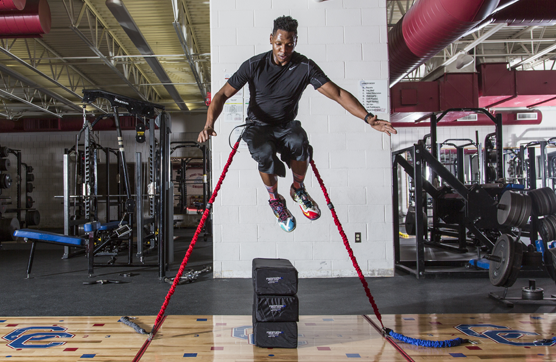
To be strong and exert maximal force is one thing – to be powerful is another. If you recall from physics, biomechanics or exercise physiology, POWER is the rate of doing work and is the product of force and velocity (P = F x v). Coaches and athletes definitely recognize that the ability to produce […]
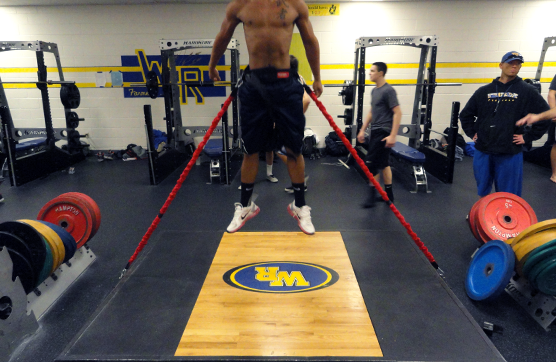
By Dan Hutchison, MS, ATC, CSCS Concepts and equipment within the landscape of the weight room change constantly, unfortunately the budgets associated with most weight rooms, don’t. Adding resources not only for better training, but also to support large teams and diverse physical education (PE) classes, can be an expensive and time-consuming process. As you […]
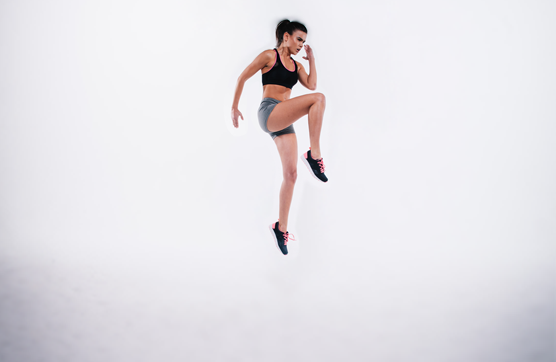
By Dan Hutchison, MS, ATC, CSCS Training intensity and progressions are two areas of high importance that we will expound upon in later posts to better guide coaches in developing plyometric programs or individual sessions. It is often understood that progressions should always follow a ‘both leg’ to ‘single leg’ approach whether we are dealing […]

By Dan Hutchison, MS, ATC, CSCS Athletes strive to accomplish their goals. Whether it’s on the playing field or in the weight room, a sense of accomplishment occurs when something is overcome, and that satisfaction is even greater when that something is ‘HARD’. Strength and conditioning usually involves overcoming a weight or resistance, or […]
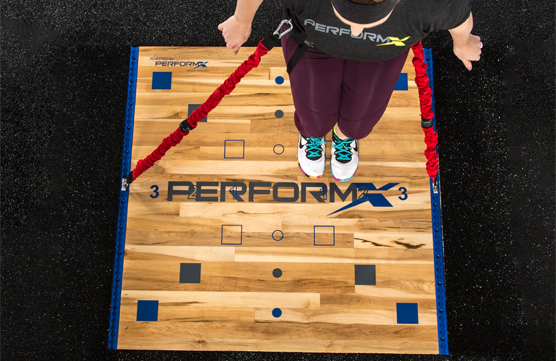
By Dan Hutchison, MS, ATC, CSCS Improving power in sport activities has been manipulated using various training tools from traditional strength training, to contraptions and devices placing the individual in a position to be ‘resisted’ in his/her movement. Plyometrics have been implemented to complement traditional weight lifting practices by adding a ‘speed-strength’ component. Bodyweight has […]

By Dan Hutchison, MS, ATC, CSCS Plyometric exercise has become a popular method for enhancing sports performance over the last two decades. Stemming from early Russian/Soviet Union practices, plyometrics started as simple exercises involving hopping and/or jumping, both in a vertical and horizontal direction. The sophistication has increased over the years, and with that sophistication, […]








